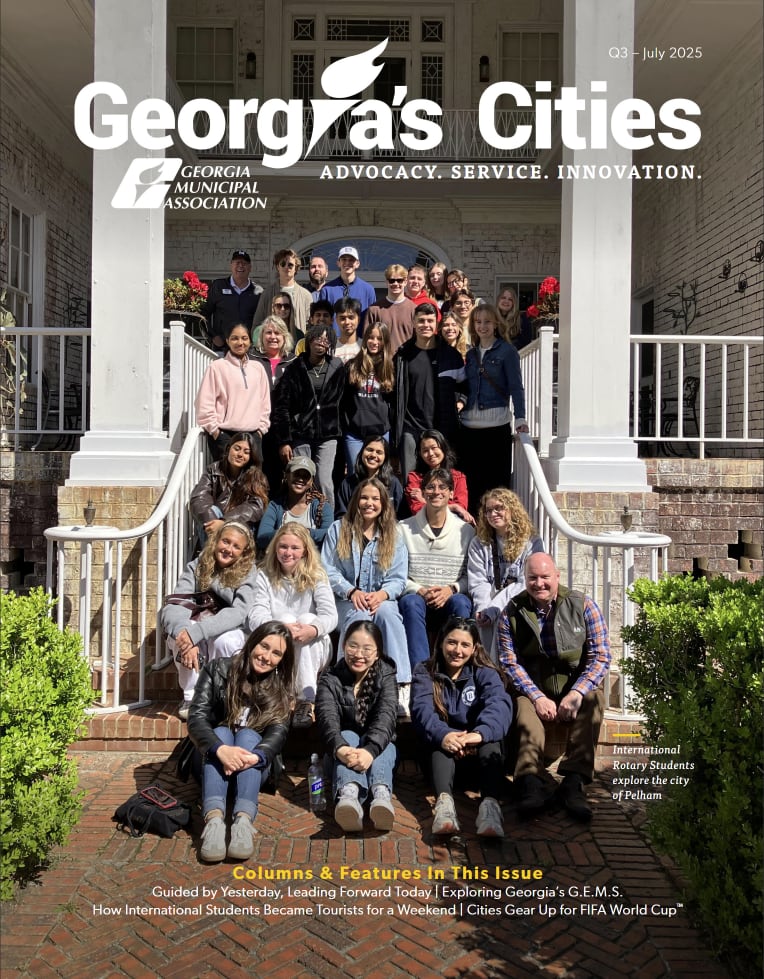Federal Forecast: Hanson, Anthony Encourage Cities to Stay Vocal on Key Funding Tools
Before an engaged audience of city officials during GMA’s 2025 Annual Convention, the leaders of GMA and the National League of Cities discussed ongoing federal policy challenges and the power of collective, city-focused advocacy.
Policy Committees Tackle Key Issues at GMA’s 2025 Convention
The Georgia Municipal Assocation’s 2025 Annual Convention provided many opportunities for elected officials to convene and discuss issues their constituents face across Georgia – as well as avenues to address them.
$6.5 Million Awarded in Workforce Housing Grants
Rural Workforce Housing Initiative grants in the amount of $6.5 million were recently announced by Gov. Kemp.
Viewpoints

Georgia’s Cities: The Engines Keeping the Peach State Prosperous
Data show Georgia’s 537 cities are small in size but deliver outsized economic impact.

The Power of Positive Leadership: Choosing Hope, Purpose, and People in Every Season
"Positive leadership starts right here, today. Human. Honest. Hopeful. It’s certainly how I want to lead, and I hope you will join me. Together, let’s choose hope, choose positivity, choose people and change lives."
Georgia’s Cities Magazine
Columns & Features in the Q3—July Issue of Georgia's Cities
- Guided by Yesterday, Leading Forward Today
- Exploring Georgia's G.E.M.S.
- How International Students Became Tourists for a Weekend
- Cities Gear Up for FIFA World Cup™
- And more...
View this IssuePrevious Editions
If you are a local official or staff member of a GMA member municipality and are not receiving the magazine, please complete the Georgia’s Cities Magazine Subscription Preference Form to be added to the subscription list.
